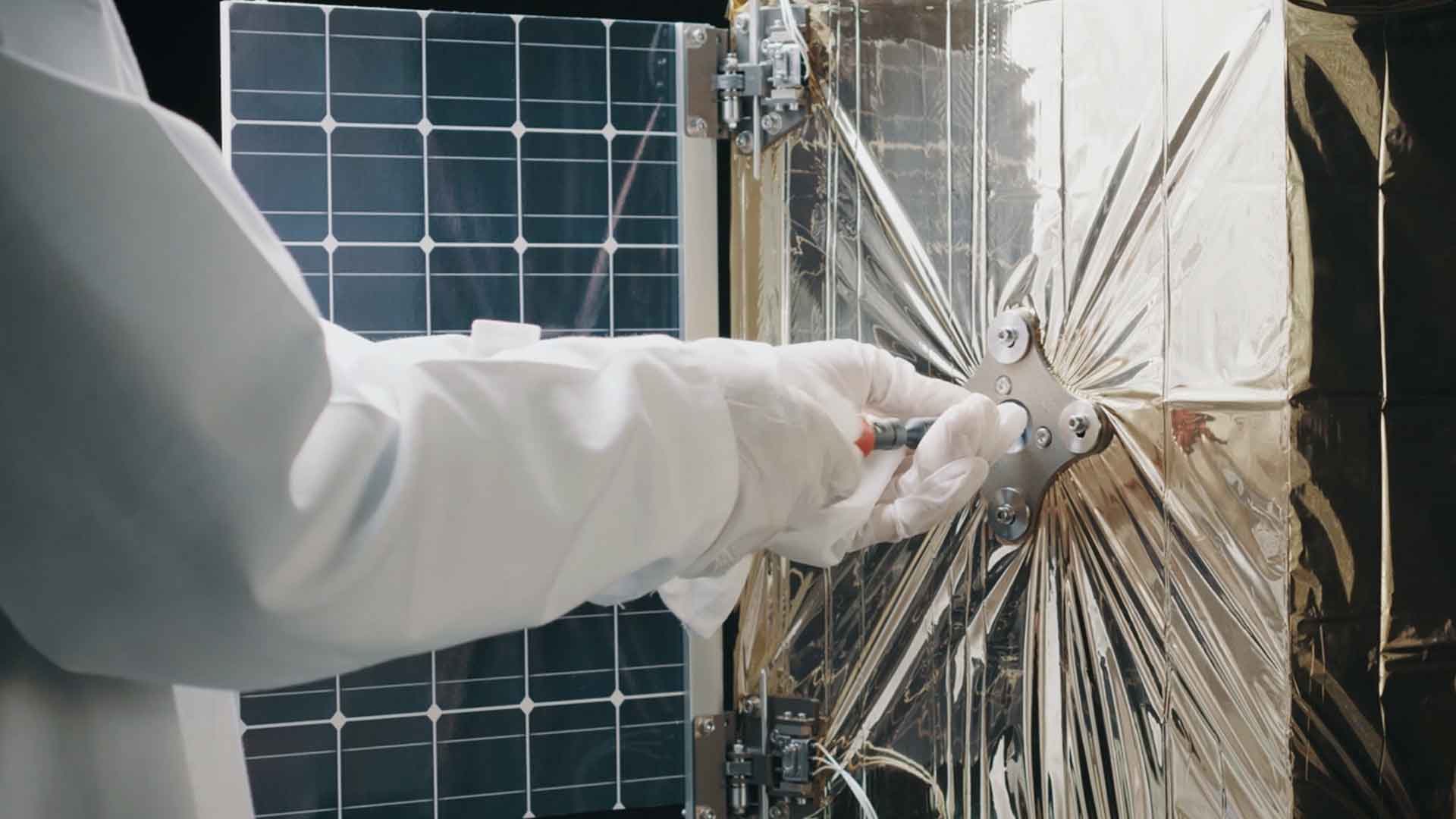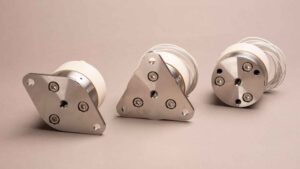- Sectors
- Aerospace & Defense
- Big science
- Biotechnology
- Fintech
- Insights

Satellites and systems operating in space, as well as all their components, are designed to withstand extreme conditions of temperature, radiation, mechanical stress and vacuum operation, in order to perform their mission, whether in telecommunications services, navigation, Earth observation, scientific or planetary exploration missions. Among the key components onboard satellites and launchers, we highlight here the non-explosive hold and release mechanisms (HDRM) and deployment systems, which are key to ensuring the success of space missions.
A hold and release mechanism (HDRM) is a device designed to secure and fix objects or equipment in their initial position on the satellite until release or deployment for commissioning. The primary purpose of an HDRM is to prevent unintentional movement or release of an object or component before its deployment for operation.
In the space industry, HDRMs mechanisms are used to securely attach platform or payload elements to a satellite during transport or launch. When the satellite reaches the desired position in orbit, the actuator releases those elements, allowing controlled and safe release of the object.
The main elements that may require the use of retention and release mechanisms or deployable systems on satellites are solar panels, thermal panels, antennas, cameras, scientific instruments or poles.

Traditionally, the mechanisms used in the space sector were based on technologies with either small explosive systems or fuse elements, which implied the partial replacement of key elements of the deployment system prior to satellite launch and, therefore, flying the same system components that have been tested.
Fortunately, the development of actuators based on shape memory technology makes possible to test the systems on the ground to ensure their correct integration with the satellite or platform assembly and their optimal performance during the mission and to fly the same component that has been previously tested in the system.
In ARQUIMEA we design, manufacture and commercialize a complete family of actuators and deployment mechanisms (HDRM) of sizes 5KN, 15KN and 35KN that have been qualified for their use in space and tested in flight. The differential aspect of these mechanisms is that they are non-explosive and use shape memory technology (SMA), which makes them re-assemblable on the ground to check their correct operation on satellites and other space platforms and directly usable in flight.
ARQUMEA integrates these actuators in deployment mechanisms that allow to fix deployable elements of satellites during their launch and release them when they are in orbit. With a reduced size and low mechanical shock emitted, they have the capacity to fix a load of up to 3,500 kN during the launch phase, and guarantee the retention of the mechanisms in wide ranges of satellite operating temperature between -90ºC and 125ºC in high vacuum environments.
Currently, ARQUIMEA’s space area already has several tens of actuators in orbit in different satellites and for different applications. You can learn more about the space projects in which ARQUIMEA has participated by visiting our success stories.